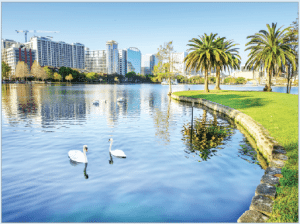 It can be difficult for a recycling program to implement major changes. Switching to single-stream, including more materials or removing others from the accepted list can all lead to more contamination in the stream.
It can be difficult for a recycling program to implement major changes. Switching to single-stream, including more materials or removing others from the accepted list can all lead to more contamination in the stream.

 It can be difficult for a recycling program to implement major changes. Switching to single-stream, including more materials or removing others from the accepted list can all lead to more contamination in the stream.
It can be difficult for a recycling program to implement major changes. Switching to single-stream, including more materials or removing others from the accepted list can all lead to more contamination in the stream.
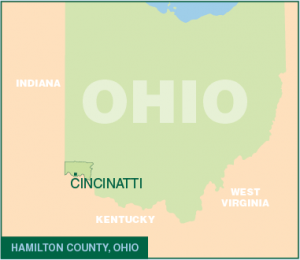 If it seems daunting to tackle contamination and hone recycling efforts in a single community recycling program, try taking on those tasks in four dozen municipalities simultaneously. For one Ohio county, that’s business as usual.
If it seems daunting to tackle contamination and hone recycling efforts in a single community recycling program, try taking on those tasks in four dozen municipalities simultaneously. For one Ohio county, that’s business as usual.
In Toronto, as in other cities, multi-family residential recycling rates have been stubbornly lower than their single-family counterparts. As Canada’s largest city works to boost recycling rates, a local MRF operator is experimenting with recovering recyclables from multi-family garbage streams.
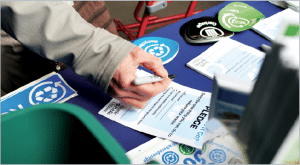
Seattle has steadily grown its program since the 1980s, in large part by regularly interacting with the public.
A data-driven approach to materials recovery has helped the city of Seattle steadily expand its recycling program to target a wider range of streams.
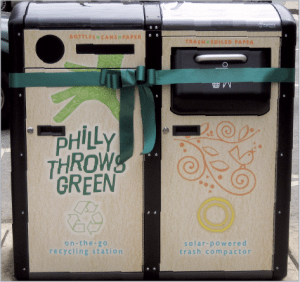 In a city where city collection crews service 540,000 households, thinking big is the norm. That became abundantly clear when the city of Philadelphia announced its plan to send nothing to disposal by 2035.
In a city where city collection crews service 540,000 households, thinking big is the norm. That became abundantly clear when the city of Philadelphia announced its plan to send nothing to disposal by 2035.
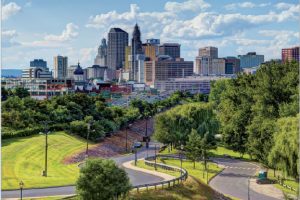 Municipal programs are often short on funds, and it’s easy for recycling outreach to fall on the back burner amid budget constraints. One municipality in New England recently took action on the issue by collaborating with a plastics industry initiative.
Municipal programs are often short on funds, and it’s easy for recycling outreach to fall on the back burner amid budget constraints. One municipality in New England recently took action on the issue by collaborating with a plastics industry initiative.
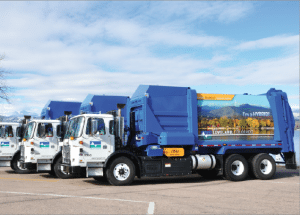 A mid-sized Colorado municipality has achieved enviable diversion results as its program has progressed for the past 25 years. One key to its success? Early adoption of a pay-as-you-throw initiative, according to local officials.
A mid-sized Colorado municipality has achieved enviable diversion results as its program has progressed for the past 25 years. One key to its success? Early adoption of a pay-as-you-throw initiative, according to local officials.
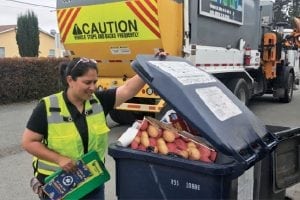 Although it’s often called the strawberry capital of the world, Watsonville, Calif. has some recycling initiatives that set it apart as well.
Although it’s often called the strawberry capital of the world, Watsonville, Calif. has some recycling initiatives that set it apart as well.
